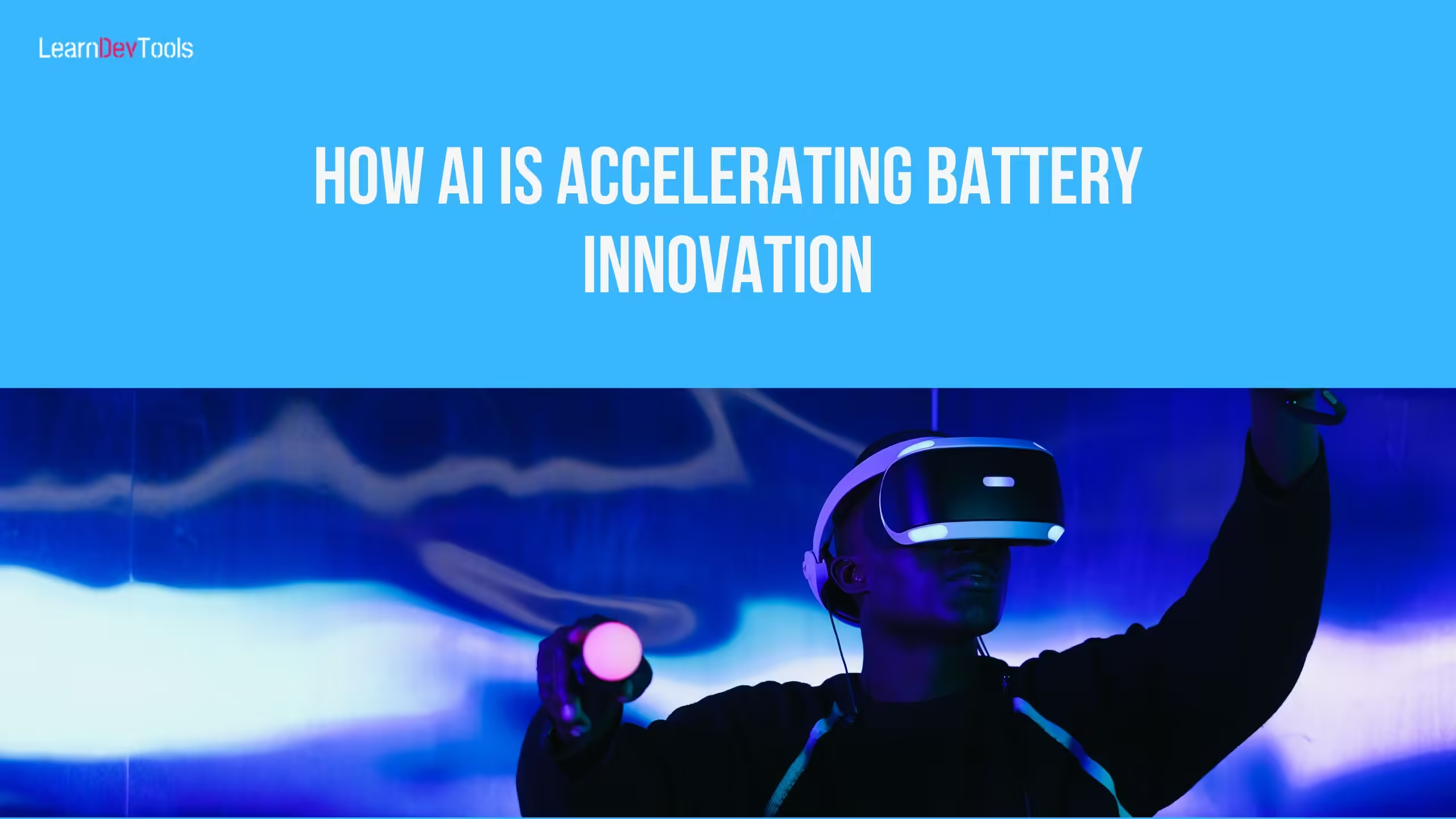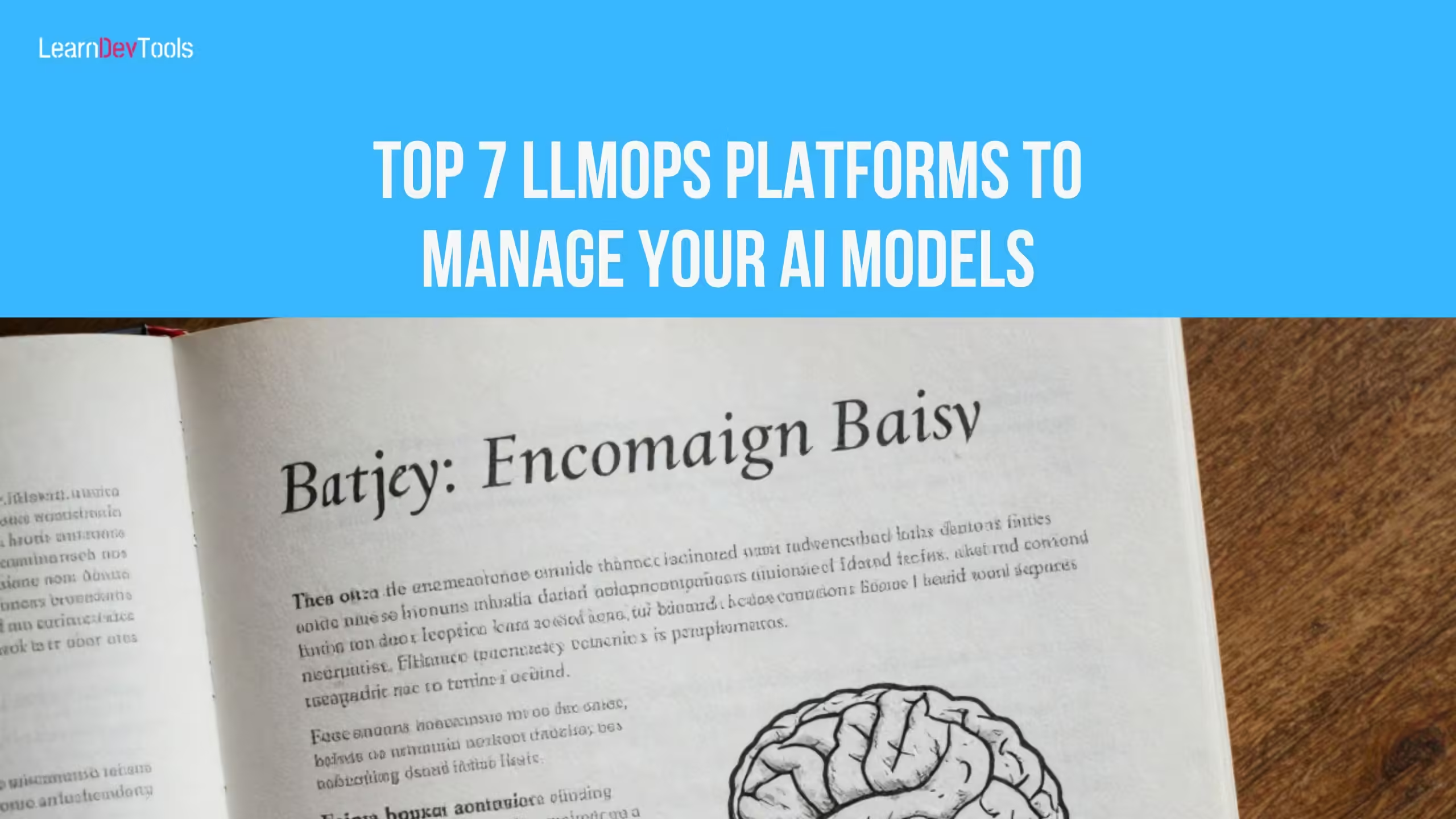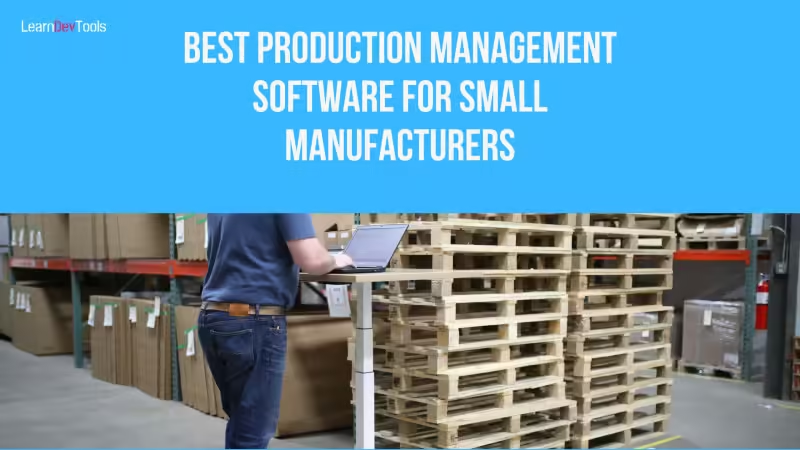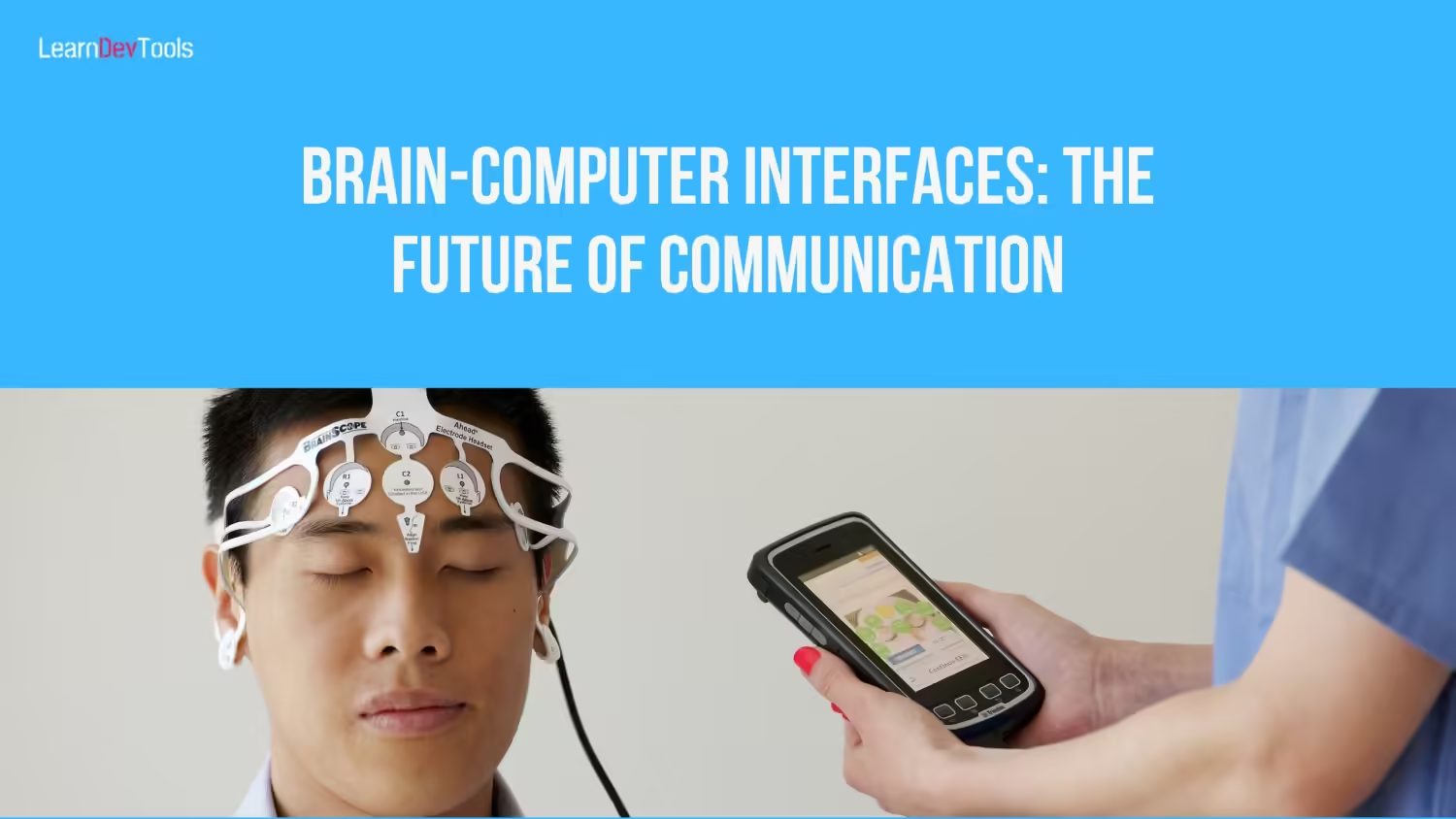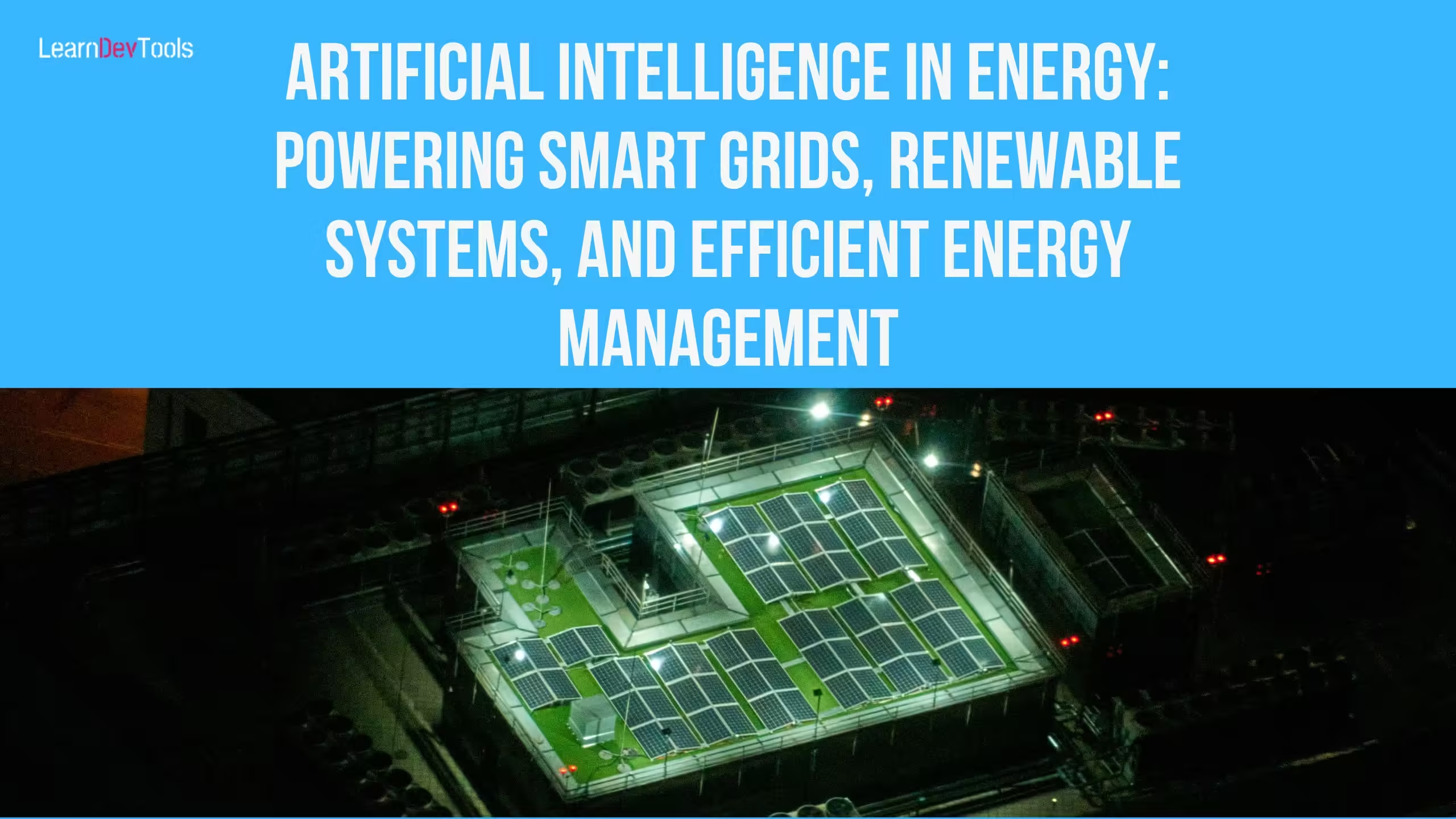The demand for efficient, durable, and high-capacity batteries has never been greater. From electric vehicles (EVs) to renewable energy storage, the global transition toward cleaner energy sources is putting intense pressure on battery technology to evolve rapidly. Traditionally, battery research has been a slow, experimental process. Today, AI for battery innovation is dramatically speeding up discovery, optimization, and deployment across the industry..
A Slow Revolution Speeds Up
Historically, developing new battery chemistries involved years of trial-and-error testing. Researchers would create and manually test thousands of material combinations to discover improvements in energy density, lifespan, or safety. This slow process often hindered the rollout of advanced energy technologies.
AI, particularly machine learning (ML), is changing the game. Instead of relying solely on physical experiments, researchers now train algorithms on vast datasets of chemical properties, test results, and performance metrics. These AI models can predict which material combinations are most likely to succeed—reducing years of lab work to months or even weeks.
For example, a project at Stanford University used deep learning models to identify promising electrolyte compositions for lithium-ion batteries. What would have taken years of manual experimentation was compressed into a matter of weeks, saving valuable time and resources.
Predicting Battery Degradation
One of the most critical challenges in battery technology is predicting how batteries degrade over time. Understanding degradation is essential for improving battery design, ensuring safety, and estimating product lifespan.
Researchers are using AI to model degradation patterns based on early cycle data. In 2019, a collaboration between MIT, Stanford, and Toyota Research Institute demonstrated that machine learning algorithms could predict the lifespan of batteries with 95% accuracy after only a few charging cycles. This predictive capability allows manufacturers to quickly screen out poor-performing batteries and optimize designs for longevity.
Moreover, AI-driven degradation models help in designing batteries tailored to specific applications—whether for fast-charging EVs or long-term grid storage—without extensive real-world testing.
Accelerating Materials Discovery
Beyond optimizing existing technologies, AI in battery research is playing a vital role in discovering entirely new materials for next-generation batterie Traditional discovery processes might take decades. With AI, researchers can simulate and evaluate thousands of potential materials within days.
Efforts like the Materials Genome Initiative (MGI) in the United States and similar programs worldwide leverage machine learning and big data to map material properties and behaviors. By identifying novel compounds and architectures, AI is helping scientists move closer to breakthroughs in solid-state batteries, lithium-sulfur batteries, and beyond.
Beyond lithium-based chemistries, AI is also accelerating discovery in alternative systems like sodium-ion batteries, which have gained renewed attention after 2023 for their lower cost, enhanced resource availability, and potential for large-scale energy storage. Machine learning models are being used to identify optimal electrode and electrolyte materials that could make sodium-ion technologies commercially viable, offering an alternative to lithium’s limited supply chain.
Solid-state batteries, in particular, promise higher energy densities and improved safety compared to conventional lithium-ion cells. AI models are accelerating the discovery of solid electrolytes with the right balance of conductivity and stability—a critical step toward commercial viability.
The Road Ahead
While AI offers tremendous promise, it’s not a silver bullet. Data quality, model biases, and the complexity of real-world battery behavior remain challenges. Researchers emphasize that AI is a tool, not a replacement for scientific expertise. Human intuition, domain knowledge, and careful experimentation remain central to battery innovation.
Still, the integration of AI into battery R&D workflows is expected to grow. Startups and research labs are increasingly adopting AI-driven platforms for materials discovery, predictive modeling, and design optimization.
In the race to power the future—from zero-emission transportation to resilient energy grids—AI isn’t just assisting scientists; it’s accelerating an energy revolution.
